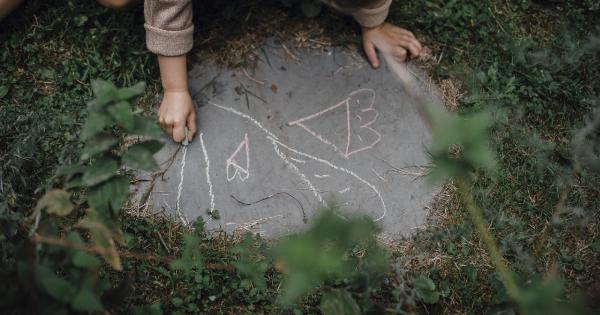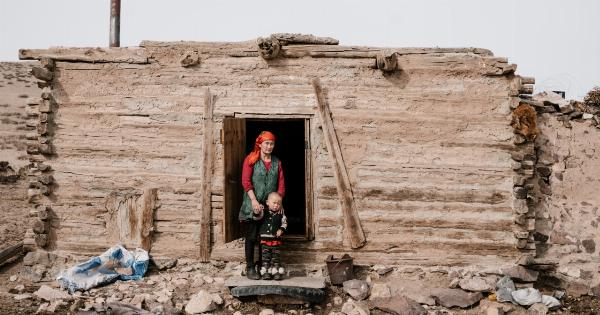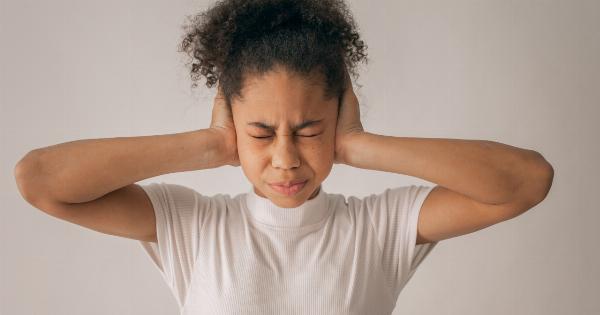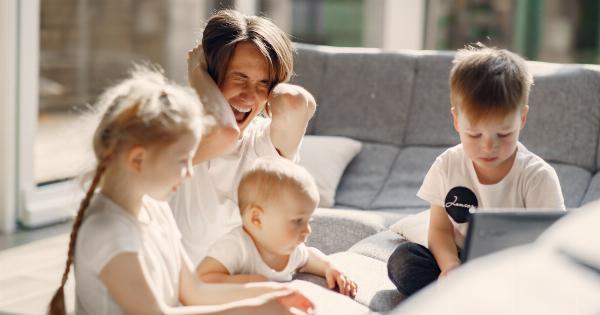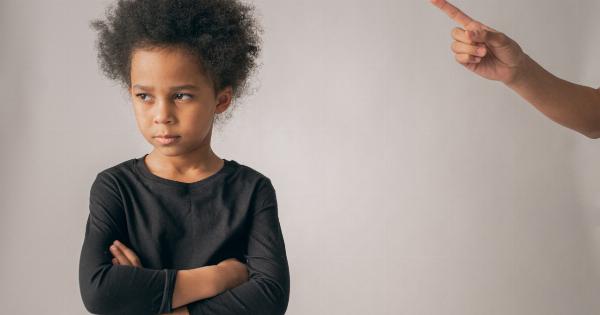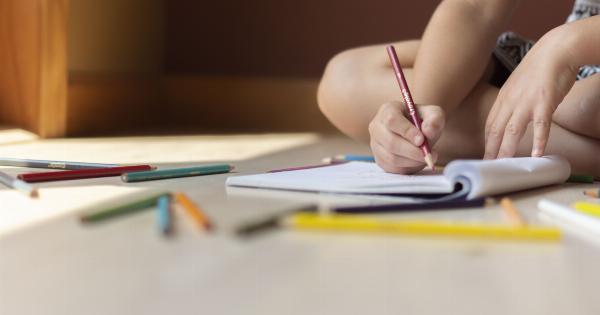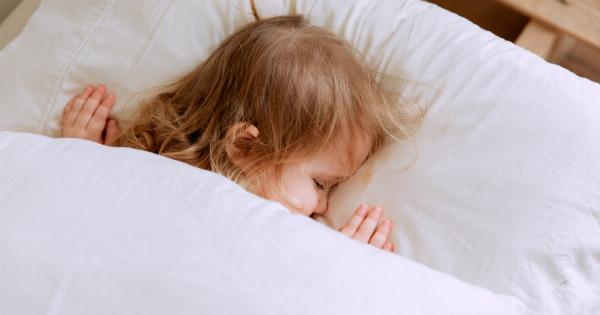Anxiety is a common human experience that can affect individuals of all ages, including children. Contrary to popular belief, children can indeed feel anxious and may exhibit various symptoms of anxiety.
As parents, caregivers, educators, and medical professionals, it is crucial to recognize and understand childhood anxiety for proper support and intervention.
What is Anxiety in Children?
Anxiety is a normal human emotion that helps individuals protect themselves from danger, but it becomes a concern when it starts to interfere with a child’s daily life.
Anxiety in children refers to excessive fear, worry, and apprehension that negatively impact their well-being and development.
Signs and Symptoms of Childhood Anxiety
Recognizing the signs and symptoms of anxiety in children is essential for early intervention. Although each child may experience anxiety differently, some common signs and symptoms include:.
- Excessive worry: Children with anxiety often worry excessively about a wide range of things, such as school performance, friendships, family matters, and their safety.
- Frequent tantrums: Anxiety can lead to increased irritability and emotional outbursts, including tantrums, when children are unable to communicate or cope with their fears and worries.
- Sleep disturbances: Many anxious children experience difficulties falling asleep, staying asleep, or having nightmares, leading to tiredness and impaired functioning during the day.
- Physical complaints: Anxiety can manifest in physical symptoms such as headaches, stomachaches, nausea, dizziness, muscle tension, and fatigue.
- Avoidance behaviors: Children with anxiety may try to avoid situations or places that trigger their fears or worries. This can include social gatherings, school activities, or interactions with certain people.
- Perfectionism: Anxious children often exhibit perfectionistic tendencies, putting immense pressure on themselves to avoid failure or criticism.
- Social withdrawal: Anxiety can cause children to withdraw from social interactions, leading to feelings of isolation and loneliness.
- Difficulty concentrating: Anxiety can impair a child’s ability to concentrate and focus, affecting their academic performance and overall productivity.
- Physical restlessness: Children with anxiety may appear restless, fidgety, or have difficulty sitting still for prolonged periods of time.
- Excessive seeking of reassurance: Anxious children often seek repetitive reassurance from adults to alleviate their worries and fears temporarily.
Causes of Childhood Anxiety
Anxiety in children can arise due to various factors, including:.
- Genetics: Some children may be more predisposed to anxiety due to their genetic makeup, as anxiety disorders can run in families.
- Environmental factors: Certain environmental factors, such as a traumatic experience, unstable home environment, or exposure to stressful situations, can contribute to the development of anxiety in children.
- Biological factors: Imbalances in brain chemistry or an overactive “fight-or-flight” response can contribute to anxiety disorders.
- Learning from parents or caregivers: Children often learn behaviors and coping mechanisms from their caregivers. If parents or caregivers are overly anxious or demonstrate anxious behaviors, children are more likely to develop anxiety themselves.
- Unrealistic expectations or pressure: High expectations placed on children, either academically or socially, can lead to significant stress and anxiety.
Impact of Childhood Anxiety
Childhood anxiety can have a profound impact on various aspects of a child’s life, including:.
- Social development: Anxiety can hinder a child’s ability to form and maintain relationships, often leading to social isolation and difficulty in making friends.
- Academic performance: Anxious children may struggle academically due to difficulties concentrating, participating in class, or completing tasks.
- Physical health: Chronic anxiety can have adverse effects on a child’s physical health, leading to sleep disturbances, weakened immune system, and increased vulnerability to other illnesses.
- Mental well-being: Untreated anxiety in childhood can potentially lead to mental health disorders such as depression, eating disorders, or substance abuse later in life.
- Self-esteem: Anxiety can negatively impact a child’s self-esteem and confidence, making them doubt their abilities and worth.
Supporting Anxious Children
When dealing with childhood anxiety, it is essential to provide a supportive and understanding environment. Here are some strategies to help anxious children:.
- Open communication: Encourage children to express their worries and fears openly, providing a safe space for them to share their thoughts and emotions.
- Validate their feelings: Let children know that their feelings are valid and understandable. Avoid dismissing or trivializing their worries.
- Teach relaxation techniques: Teach children simple relaxation techniques such as deep breathing exercises, progressive muscle relaxation, or mindfulness to help them manage anxious thoughts and physical symptoms.
- Gradual exposure: Help children confront their fears gradually. Gradual exposure and desensitization to anxiety-provoking situations can be effective in reducing anxiety levels over time.
- Encourage problem-solving: Teach children problem-solving skills to help them approach challenging situations and find solutions instead of getting overwhelmed by anxiety.
- Provide reassurance: Offer consistent reassurance and support to help children develop trust in their abilities to cope with anxiety-provoking situations.
- Seek professional help: If anxiety significantly interferes with a child’s daily life or persists despite your efforts, consult a mental health professional with expertise in childhood anxiety disorders.
Preventing Childhood Anxiety
While it may not always be possible to prevent anxiety in children, certain strategies can help reduce the risk:.
- Promote a nurturing environment: Aim to provide a secure and nurturing environment, which includes showing love, care, and support consistently.
- Encourage healthy coping mechanisms: Teach children healthy coping mechanisms from a young age, such as expressing emotions, problem-solving, and engaging in physical activities.
- Maintain a balanced lifestyle: Ensure children have a balanced lifestyle with sufficient rest, regular exercise, healthy meals, and limited exposure to stress-inducing situations.
- Model healthy behavior: Be a positive role model by managing and expressing your own stress and anxiety in healthy ways, demonstrating effective coping mechanisms.
- Foster resilience: Help children develop resilience by encouraging them to take on age-appropriate challenges, learn from failures, and build confidence.
- Encourage social connections: Support children in building and maintaining social connections, friendships, and positive relationships, as strong social support can buffer against anxiety.
Conclusion
Children can undoubtedly experience anxiety, and it is crucial to understand and recognize the signs and symptoms to provide appropriate support and intervention.
By creating a nurturing environment, promoting healthy coping mechanisms, and seeking professional help when necessary, we can help anxious children thrive and develop the necessary skills to manage their anxiety effectively.
